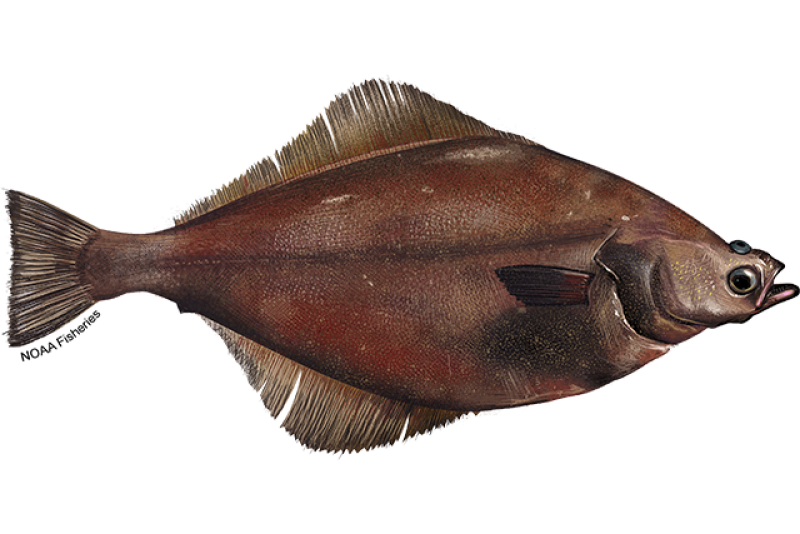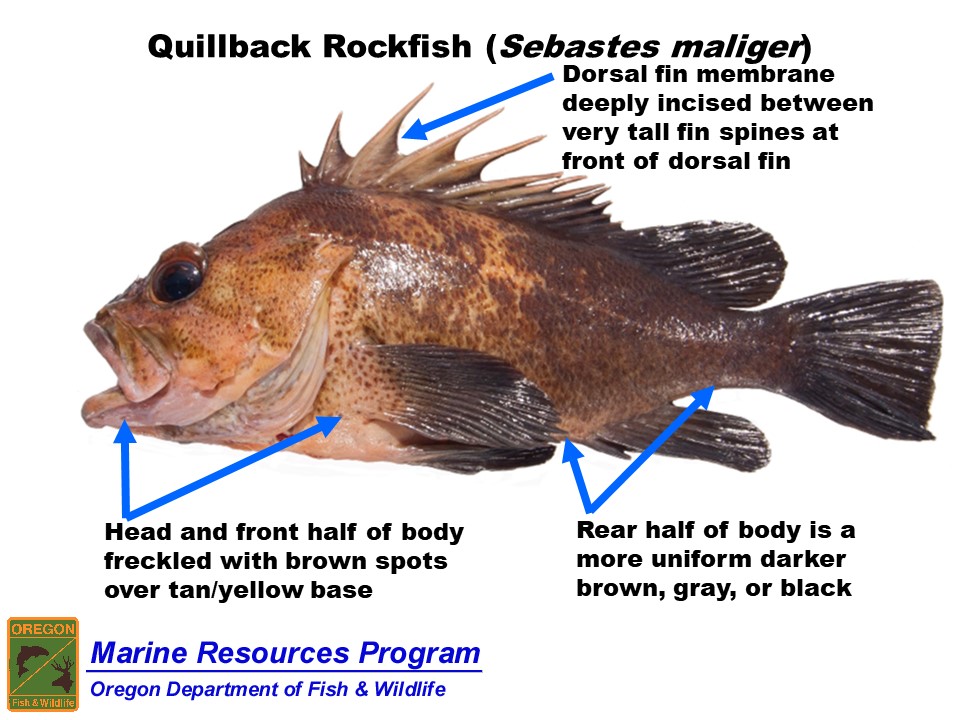
Introducing Tan Fish – a mesmerizing wonder of nature that will captivate your senses and leave you in awe. These sun-kissed aquatic species showcase a breathtaking beauty that is simply unmatched. With their unique tan color and graceful movements, Tan Fish are a true spectacle to behold.
Immerse yourself in the world of Tan Fish and unlock a whole new level of fascination. Whether you’re an avid aquarist or simply someone who appreciates the wonders of the ocean, these beautiful creatures will leave you spellbound.
What sets Tan Fish apart from other species is their distinct tan hue, which is a result of the warm sunlight that bathes their natural habitat. This stunning coloration gives them a radiant glow, making them an exquisite addition to any aquarium or marine exhibition.
Witness the elegance and tranquil beauty of these magnificent creatures as they glide through the water with effortless grace. The way they catch the light and shimmer with a golden hue is truly a sight to behold.
Whether you’re a seasoned collector or a first-time enthusiast, Tan Fish offer an extraordinary experience that will ignite your passion for aquatic life. Prepare to be captivated by their natural charm and enchanting presence.
Tan Fish: Discover the Beauty
At Tan Fish, we believe that beauty can be found in the most unexpected places. That’s why we invite you to discover the stunning beauty of sun-kissed aquatic species.
Uniquely Beautiful
Unlike any other fish, the tan fish boasts a distinct and captivating appearance. Their unique coloring, ranging from warm golden tones to rich amber hues, sets them apart from their underwater counterparts.
Aquatic Sun-kissed Wonders
Found in the crystal-clear waters of tropical reefs, tan fish are true sun-kissed wonders. The tropical sun infuses their scales with a mesmerizing radiance, creating a breathtaking display as they swim gracefully through the ocean depths.
Immerse yourself in the beauty of these stunning creatures and experience the magic of the marine world with Tan Fish. Discover the allure of the tan fish today!
Unique Characteristics of Tan Fish
Tan Fish, also known as sun-kissed aquatic species, possess a range of unique characteristics that set them apart from other fish species. These characteristics contribute to the beauty and appeal of these stunning aquatic creatures.
1. Vibrant and Distinctive Coloration
The most striking feature of Tan Fish is their vibrant and distinctive tan coloration. Their sun-kissed hues can vary from golden tan to a rich bronze, giving them a warm and inviting appearance in any aquatic environment.
2. Natural Camouflage
Tan Fish are masters of natural camouflage. Their tan coloration allows them to blend seamlessly into sandy or rocky substrates, providing them with a significant advantage when it comes to hunting prey or evading predators.
3. Adaptability to Various Water Conditions
Tan Fish have adapted to thrive in a wide range of water conditions, making them a versatile species. They can be found in both freshwater and saltwater habitats, from rivers and lakes to coastal areas and coral reefs.
4. Graceful Swimming Movements

When it comes to their swimming movements, Tan Fish exhibit a graceful and fluid motion. Their elongated bodies and streamlined shapes enable them to glide effortlessly through the water, adding to their overall allure.
5. Compatibility with Other Fish Species
Tan Fish are known for their peaceful nature and compatibility with other fish species. They are non-aggressive and can coexist harmoniously with a wide variety of tank mates, making them an excellent choice for community aquariums.
These unique characteristics make Tan Fish an exceptional choice for fish enthusiasts who seek a visually stunning and easily adaptable aquatic species. Whether you are an experienced aquarist or a beginner, these sun-kissed beauties are sure to bring joy and beauty into any aquatic environment.
Natural Habitat of Tan Fish

Tan fish are known for their stunning beauty and unique sun-kissed appearance. These aquatic species can be found in various natural habitats around the world.
Freshwater Rivers
Some species of tan fish thrive in freshwater rivers, where the water is clean and pristine. These rivers provide a suitable environment for tan fish to live and reproduce. The calm and relatively shallow waters allow for easy navigation and ample food supply.
Coral Reefs
Other species of tan fish can be found in coral reefs, which are rich in biodiversity. These vibrant and colorful underwater ecosystems provide tan fish with plenty of hiding spots and a diverse range of food sources.
Tan fish have adapted to their natural habitats, developing unique features that help them survive in these environments. Their tan coloration helps them blend in with their surroundings, providing camouflage from predators and allowing them to sneak up on their prey.
It is important to note that tan fish are sensitive to changes in their natural habitats. Factors such as pollution, habitat destruction, and climate change can have a detrimental impact on their populations. Therefore, it is crucial that we preserve these natural habitats and take steps to protect tan fish and their unique beauty for future generations to enjoy.
| Tan Fish Facts | |
|---|---|
| Scientific Name | Tanus aquaticus |
| Average Size | 10-15 inches |
| Preferred Water Temperature | 75-80°F |
| Diet | Small aquatic insects, crustaceans, and algae |
Importance of Tan Fish in Aquatic Ecosystem
Tan fish play a crucial role in maintaining the delicate balance of the aquatic ecosystem. These sun-kissed aquatic species are not only beautiful to look at, but they also contribute significantly to the overall health and sustainability of their habitat. Let’s take a closer look at the importance of tan fish in the aquatic ecosystem:
Biodiversity
The presence of tan fish in the aquatic ecosystem adds to its biodiversity. Biodiversity refers to the variety of species and their interactions within an ecosystem. Tan fish, with their unique coloration and patterns, contribute to the overall diversity of aquatic species. This diversity is essential for maintaining a healthy and robust ecosystem.
Food Chain
Tan fish play a vital role in the food chain of the aquatic ecosystem. They serve as a source of food for larger predatory fish, birds, and other aquatic organisms. By feeding on smaller organisms and algae, tan fish help control their populations and prevent overgrowth. This regulation of the food chain ensures the sustainability of the ecosystem as a whole.
| Benefits of Tan Fish in Aquatic Ecosystem: |
|---|
| Tan fish add to the biodiversity of the ecosystem. |
| They serve as a vital food source for larger predatory fish and birds. |
| They help control the population of smaller organisms and algae. |
| Tan fish contribute to the overall health and sustainability of the aquatic ecosystem. |
In conclusion, tan fish are not only visually appealing but also have significant importance in the aquatic ecosystem. Their presence adds to the biodiversity, helps maintain the food chain, and contributes to the overall health and sustainability of the ecosystem. It is crucial to recognize and protect these beautiful sun-kissed aquatic species for the well-being of our aquatic environments.
Tan Fish in the Aquarium
Once you’ve discovered the mesmerizing beauty of tan fish in their natural habitats, you may want to bring their elegance into your own home. With the right setup, you can create your own stunning aquarium filled with these sun-kissed aquatic species.
When it comes to incorporating tan fish into your aquarium, there are a few key factors to consider. Firstly, you need to ensure that the tank is large enough to comfortably accommodate the specific species you choose. Tan fish typically require a spacious environment to thrive, so keep this in mind when selecting a tank.
Creating the Perfect Environment
To replicate their natural habitat, it is important to provide a suitable substrate for your tan fish. Sandy or gravel bottoms work well, as they mimic the sandy riverbanks and ocean floors that these fish are accustomed to.
Additionally, incorporating a variety of plants and hiding spots will not only enhance the aesthetic appeal of your aquarium but will also provide your tan fish with the necessary shelter and security they need. Ensure that you choose plants and materials that are compatible with the specific needs of your chosen species.
Maintaining a Healthy Aquarium
In order to keep your tan fish thriving, it is crucial to maintain a clean and healthy aquarium environment. Regular water changes and filtration are essential to remove toxins and keep water parameters in check. Consistent monitoring of water temperature and pH levels is also crucial for the well-being of your fish.
Feeding your tan fish a balanced diet that replicates their natural food sources is paramount. This may include a combination of high-quality pellets, flakes, and occasional live or frozen foods. Be sure to do your research to ensure you are providing the best diet for your specific species.
With the right care and attention, your aquarium can become a tranquil oasis for your tan fish. So why wait? Start creating your own slice of aquatic paradise today and marvel at the beauty of these sun-kissed wonders.
Conservation Efforts for Tan Fish
As the popularity of tan fish continues to grow, so does the need for conservation efforts to protect these beautiful aquatic species. Tan fish have become a prized addition to many home aquariums and are commonly found in public aquatic exhibits due to their unique coloration and eye-catching beauty.
1. Habitat Preservation
One of the key conservation efforts for tan fish involves the preservation and protection of their natural habitats. Tan fish are typically found in warm, tropical freshwater ecosystems, such as rivers, lakes, and ponds. Deforestation, pollution, and habitat destruction pose a significant threat to these habitats, leading to a decline in tan fish populations.
To combat this, conservation organizations are working to establish protected areas and promote sustainable land practices to protect tan fish habitats. By preserving their natural environments, we can help ensure the long-term survival of these sun-kissed aquatic species.
2. Breeding Programs
In addition to habitat preservation, breeding programs play a crucial role in the conservation efforts for tan fish. These programs aim to increase the population of tan fish through well-managed breeding and reproduction processes.
By maintaining genetically diverse populations in captivity, these breeding programs help reduce the reliance on wild-caught tan fish for aquariums and public displays. They also provide a safeguard against the potential loss of the species in case of environmental disasters or habitat degradation.
Through careful selection and breeding, these programs can also work towards enhancing the natural coloration and overall health of tan fish populations, ensuring their continued beauty and appeal.
Overall, conservation efforts for tan fish are essential to protect their habitats and maintain their populations in a sustainable manner. By supporting these initiatives, we can help ensure the enduring beauty of tan fish for future generations to appreciate and enjoy.
Questions and answers:
What species of fish are considered “Tan Fish”?
Tan Fish refers to a variety of sun-kissed aquatic species, including the Tan Barb, Tan Molly, and Tan Guppy.
Do Tan Fish require special care compared to other fish?
Tan Fish do not require any special care compared to other fish species. They thrive in freshwater aquariums and have similar care requirements.
Are Tan Fish suitable for beginners in fishkeeping?
Tan Fish are a great choice for beginners in fishkeeping. They are hardy and adaptable, making them more forgiving for beginners who are still learning the ropes of fish care.
What is the ideal temperature for Tan Fish?
The ideal temperature for Tan Fish varies depending on the specific species. However, most Tan Fish thrive in temperatures between 72-78 degrees Fahrenheit (22-26 degrees Celsius).
Can Tan Fish be kept with other fish species?
Tan Fish can be kept with a variety of other fish species, as long as their care requirements and temperaments are compatible. It’s always best to research specific fish species before adding them to a community tank.